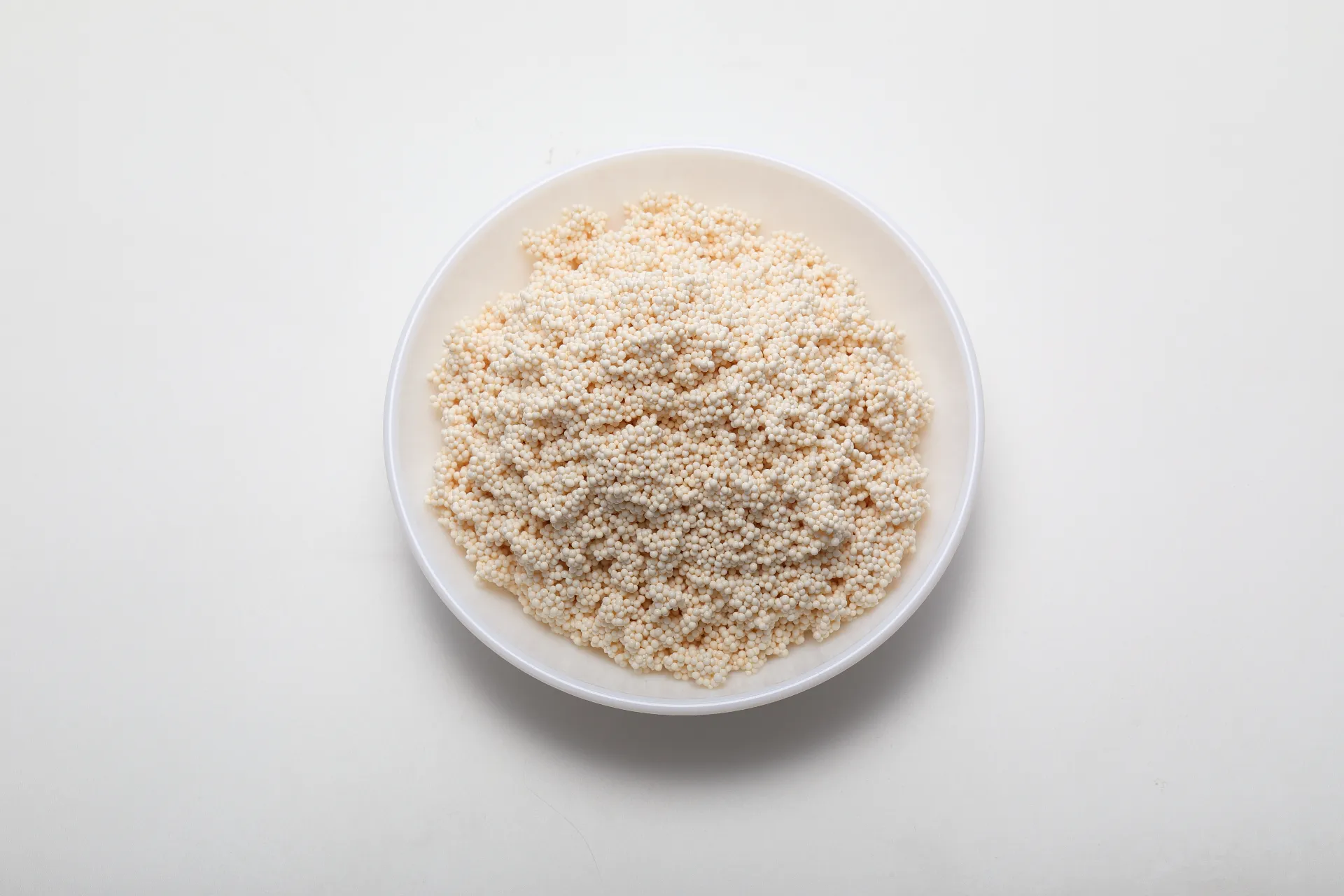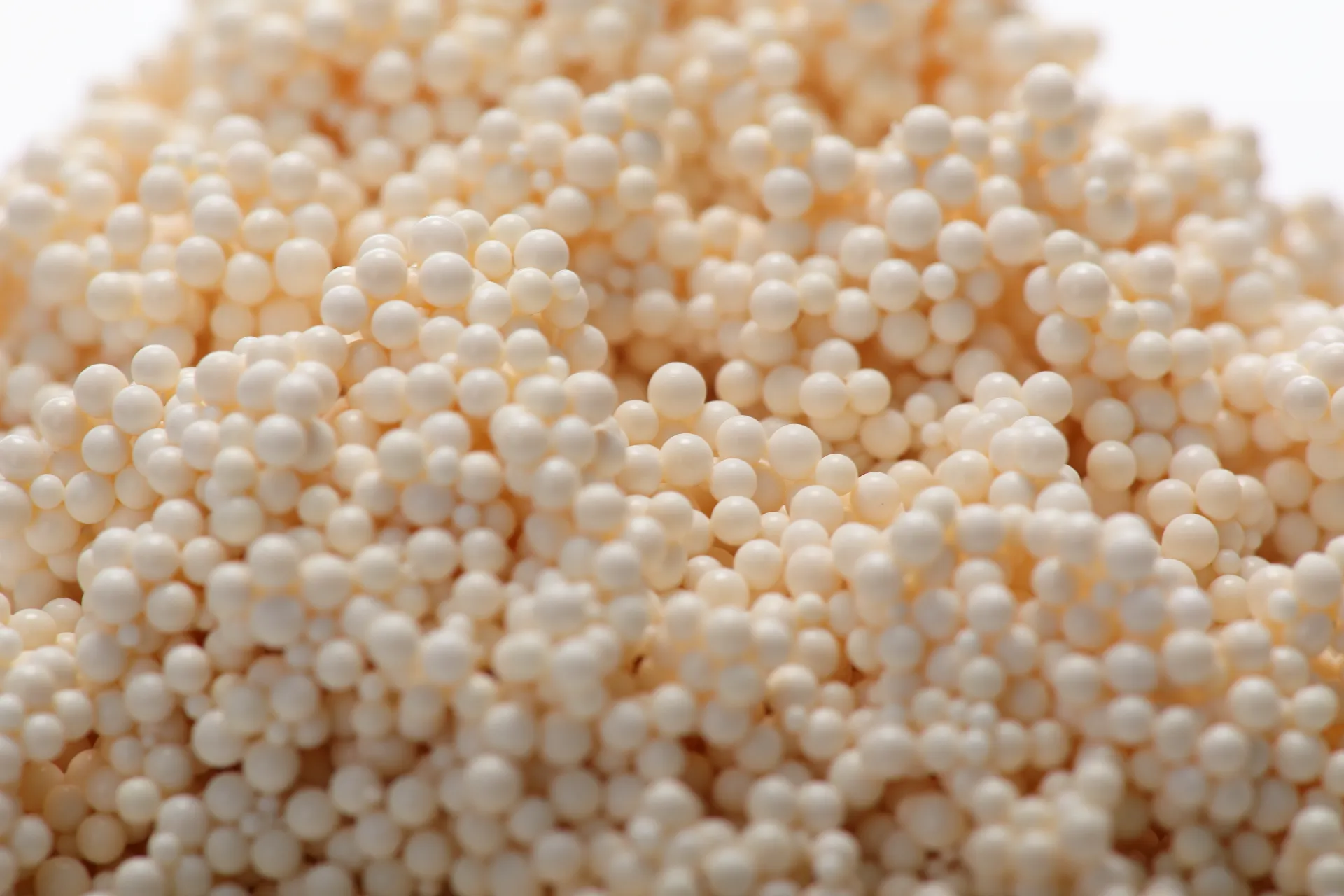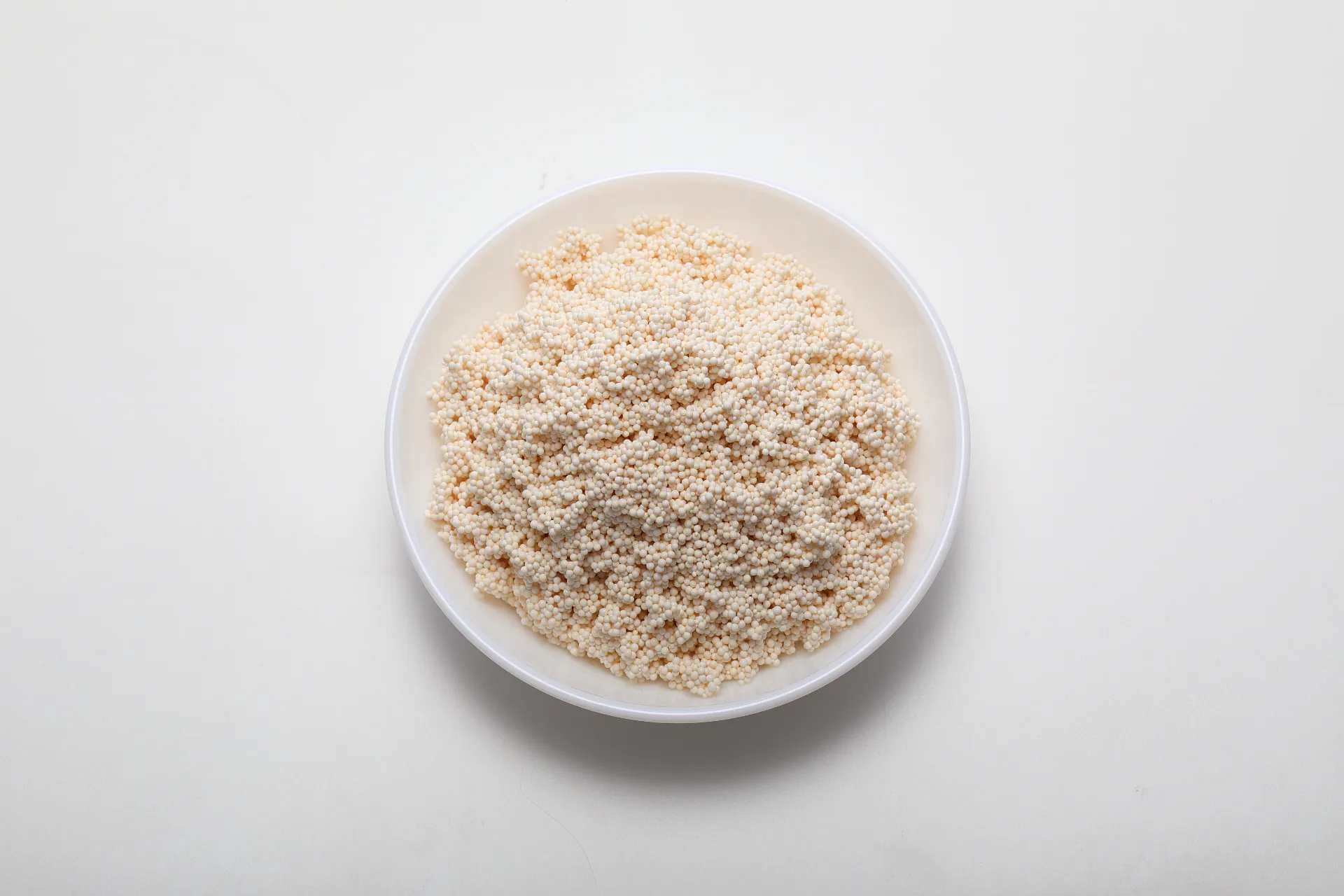Weak Base Anion Exchange Resin D301SC: notes from the field
If you work in water or sugar processing, you’ve probably heard the term
Weak Base Anion tossed around in meetings. I’ve toured the Lijiexun facility in Hebei, and to be honest, their D301SC has become a bit of a regular in my notebook. It’s a macroporous, polystyrene-based, tertiary amine resin—engineered for easy regeneration, strong mechanical integrity, and, surprisingly, very decent resistance to organic fouling. Origin-wise, the plant sits at NO.2 East Jianshe Road, High-Tech Industrial Development South Zone, Wei County, Xingtai, Hebei, China.

Technical snapshot (real-world specs)
| Product | Weak Base Anion Exchange Resin D301SC |
| Matrix / Structure | Polystyrene–DVB, macroporous (macroreticular) |
| Functional group | Tertiary amine, ≈ −N(CH3)2 |
| Total capacity | ≈ 1.3–1.6 eq/L (FB form; lab data; real-world use may vary) |
| Working capacity | ≈ 0.8–1.2 eq/L depending on influent and regen strategy; often notably higher in free-base vs. alkali-type shipping state |
| Moisture content | ≈ 48–58% |
| Bead size (typ.) | 0.315–1.25 mm (custom cuts available) |
| Operating pH / Temp | pH 1–14; up to ≈ 60–100°C depending on chemistry |
| Service life | ≈ 3–5 years or 800–1500 cycles with good pretreatment |
Where it shines: dealkalization and organics pickup in water treatment, sugar decolorization, polishing of organics in fine-chem, and chromium-bearing wastewater (Cr(VI) to be captured as anions). Many customers say they appreciate the forgiving regeneration—lower caustic usage versus strong-base types.

Process flow, testing, and durability
Materials and methods: styrene + DVB polymerization → macropore templating → chloromethylation → amination with dimethylamine → conversion/rinse to FB → QA. The macroreticular network gives that mechanical strength you notice during air scour. QC follows ASTM D2187 for resin properties, sieve analysis per ISO 3310, and batch records under ISO 9001:2015. For potable uses, lots seek NSF/ANSI 61 compliance; for China-bound projects, I’ve seen GB/T 12007 test reports on capacity and moisture.
Field test notes (indicative): in dealkalization, alkalinity leakage often Weak Base Anion kinetics healthy.

Vendor comparison (what I’m seeing in bids)
| Vendor/Resin | Matrix | Capacity (≈) | Regen cost | Notes |
|---|---|---|---|---|
| Lijiresin D301SC (Weak Base Anion) | Styrenic, macroporous | 1.3–1.6 eq/L | Low–medium | Strong beads; good organic fouling resistance |
| Generic WBA-S | Styrenic, gel | 1.1–1.4 eq/L | Low | Lower cost; slightly more channeling risk |
| Acrylic WBA | Acrylic, macroporous | 1.0–1.3 eq/L | Medium | Great color/organics pickup; softer beads |
Customization, use cases, and feedback
D301SC ships typically in free-base form; custom particle cuts, moisture targets, and preconditioning (e.g., NaCl brine, NaOH) are available. In a Southeast Asian sugar refinery, one bed cut color by ≈70% before the carbon step—operators told me regen salt dropped about 10% after switching. In a European plating shop’s Cr(VI) rinse, a two-column lead/lag with Weak Base Anion achieved breakthrough > 8 BV at EBCT ≈ 5 min; that’s solid for a compact skid.

Certifications and paperwork often requested: ISO 9001:2015, material safety data, NSF/ANSI 61 (when applicable), extractables by EN 12873-1, and batch COAs with capacity, moisture, bead integrity, and rinsed conductivity. I guess the short version is: it ticks the boxes without drama.
Want samples or a pilot? The team in Xingtai is responsive—send your water analysis and target leakage. With Weak Base Anion resins, the real win comes from matching EBCT, regen strength, and foulant control to the matrix.
Authoritative citations
- ASTM D2187 – Standard Test Methods for Physical and Chemical Properties of Ion-Exchange Resins.
- ISO 3310 – Test sieves; technical requirements and testing (for particle size checks).
- ISO 9001:2015 – Quality management systems requirements.
- NSF/ANSI 61 – Drinking Water System Components—Health Effects.
- GB/T 12007.1 – Ion exchange resins—Test methods for exchange capacity and moisture (China).
Hebei Lijiang Biotechnology Co., Ltd, is a new material manufacturer specializing in the production of high-performance special ion exchange resins.mixed bed resin suppliers It is a modern high-tech enterprise that integrates the research and development,production, sales, and service of resin materials and resin terminal products.ion exchange resin The company is committed to producing high-quality industrial grade, food grade,pharmaceutical grade, and nuclear grade resins.cation exchange resin It has passed ISO9001 management certification,SGS certification, and WQA international certification from the American Water Quality Association, and has obtained a national food hygiene license. Food grade resin products comply with FDA standards in the United States.super blog